Interesting origin of Kotoji Lantern placement
Jando_1
18 years ago
Related Stories
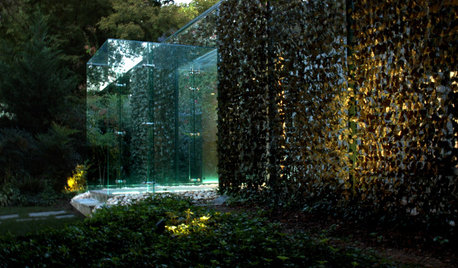
ARCHITECTUREThat's Interesting! 6 Designs That Defy Labels
Get inspired by the lines and textures of these homes, categorized only by the fact that they have no category
Full Story
MY HOUZZMy Houzz: Charming Update for a 1920s Bungalow in Salt Lake City
Travel-inspired style and new finishes help the original character shine through in this designer’s home
Full Story
BEDROOMSBedroom Pendants Hang With the Best Styles
Edgy, space saving and unexpected, pendant lights by a bed are as stylish as they are practical
Full Story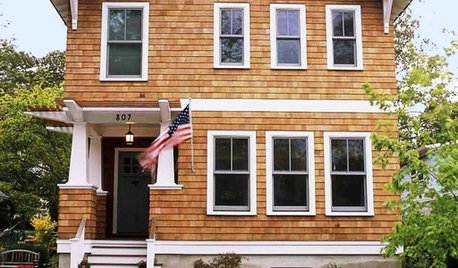
HOUZZ TOURSHouzz Tour: A Modern Take on Arts and Crafts
A love of surfing, proximity to the coast, and major life changes inspire a relaxing and thoughtful design
Full Story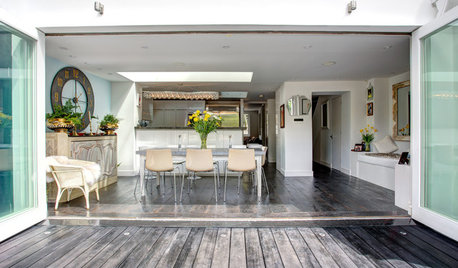
ECLECTIC HOMESHouzz Tour: A Modernized Georgian Beauty With a Glam Loft Conversion
Extended from top to bottom, this eclectic London home combines period charm with modern chic
Full Story
TRANSITIONAL HOMESHouzz Tour: New Comforts in the Cotswolds
An elegant renovation brings contemporary color and other updates to a historic Arts and Crafts home
Full Story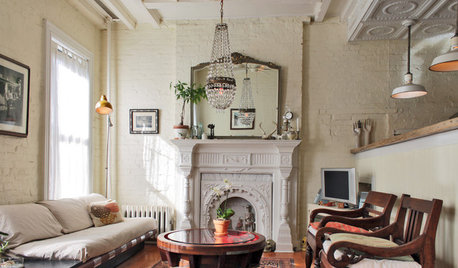
ECLECTIC STYLE5 Reasons to Hit That Secondhand Store
New things have their place, but old things have a history and beauty all their own
Full Story
KITCHEN DESIGNShow Us Your Fabulous DIY Kitchen
Did you do a great job when you did it yourself? We want to see and hear about it
Full Story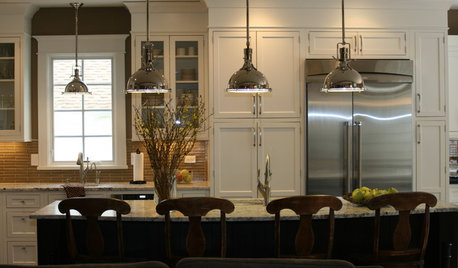
KITCHEN DESIGNKitchen Islands: Pendant Lights Done Right
How many, how big, and how high? Tips for choosing kitchen pendant lights
Full Story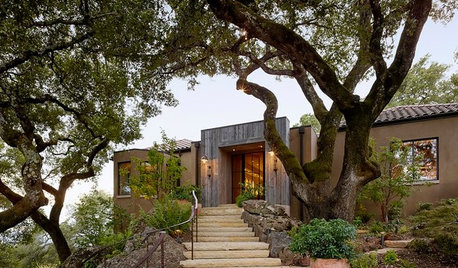
DECORATING GUIDESHouzz Tour: A New Mediterranean Home Goes Country
A just-built house gets a reboot to make it better suited to indoor-outdoor living and casual, large-scale entertaining
Full Story





ScottReil_GD
edzard
Related Professionals
Anderson Landscape Contractors · Garland Landscape Contractors · Hollywood Landscape Contractors · Plainview Landscape Contractors · Cape Coral Decks, Patios & Outdoor Enclosures · Lancaster Decks, Patios & Outdoor Enclosures · Lebanon Decks, Patios & Outdoor Enclosures · Midlothian Decks, Patios & Outdoor Enclosures · Pittsburgh Decks, Patios & Outdoor Enclosures · Portland Decks, Patios & Outdoor Enclosures · Renton Decks, Patios & Outdoor Enclosures · West Chicago Decks, Patios & Outdoor Enclosures · Wilmington Decks, Patios & Outdoor Enclosures · Santa Monica Decks, Patios & Outdoor Enclosures · Pleasant Grove Decks, Patios & Outdoor EnclosuresScottReil_GD
Jando_1Original Author
ScottReil_GD
Jando_1Original Author
acj7000
Jando_1Original Author